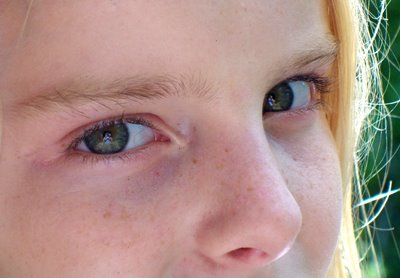
Scientific American Mind reports: [edited, the original article is long, but worth a read]
We do it automatically. As soon as we observe another person, we try to read his or her face for signs of happiness, sorrow, anxiety, anger. Sometimes we are right, sometimes we are wrong, and errors can create some sticky personal situations.
Yet Paul Ekman is almost always right. The psychology professor emeritus at the University of California, San Francisco, has spent 40 years studying human facial expressions. He has catalogued more than 10,000 possible combinations of facial muscle movements that reveal what a person is feeling inside. And he has taught himself how to catch the fleeting involuntary changes, called microexpressions, that flit across even the best liar's face, exposing the truth behind what he or she is trying to hide.
Does his talent make him a mind reader? "No," he says. "The most I can do is tell how you are feeling at the moment but not what you are thinking." He is not being modest or coy; he is simply addressing the psychological bottom line behind facial expressions: "Anxiety always looks like anxiety," he explains, "regardless of whether a person fears that I'm seeing through their lie or that I don't believe them when they're telling the truth."
The professor calls the ever present risk we all take of misreading a person's visage "Othello's error." In Shakespeare's drama, Othello misinterprets the fear in his wife Desdemona's face as a sign of her supposed infidelity. In truth, the poor woman is genuinely alarmed at her husband's unjust, jealous rage. Othello's subsequent decision to kill Desdemona is a fatal error, and Ekman wants to make sure that police, security personnel and secret service agents do not make the same mistake.
Ekman in 1967 visited extremely isolated tribes living in the jungles on the island of New Guinea. He found that the basic emotions he had postulated, such as happiness, sadness, anger, fear, surprise and disgust, were associated with universal facial expressions. [Ekman is certain that] the language of the face has biological origins, and culture has no significant effect on it.
By paying close attention to microexpressions, people can learn to read signals that previously would have been perceptible only in slow motion. And here Ekman hit on another interesting phenomenon: most people - including law students, police officers, judges and prosecuting attorneys - find it difficult to expose fakers, but a small number of people seem to be able to correctly interpret microexpressions intuitively. Apparently, some of us are born with handy lie detectors.
------------

No comments:
Post a Comment